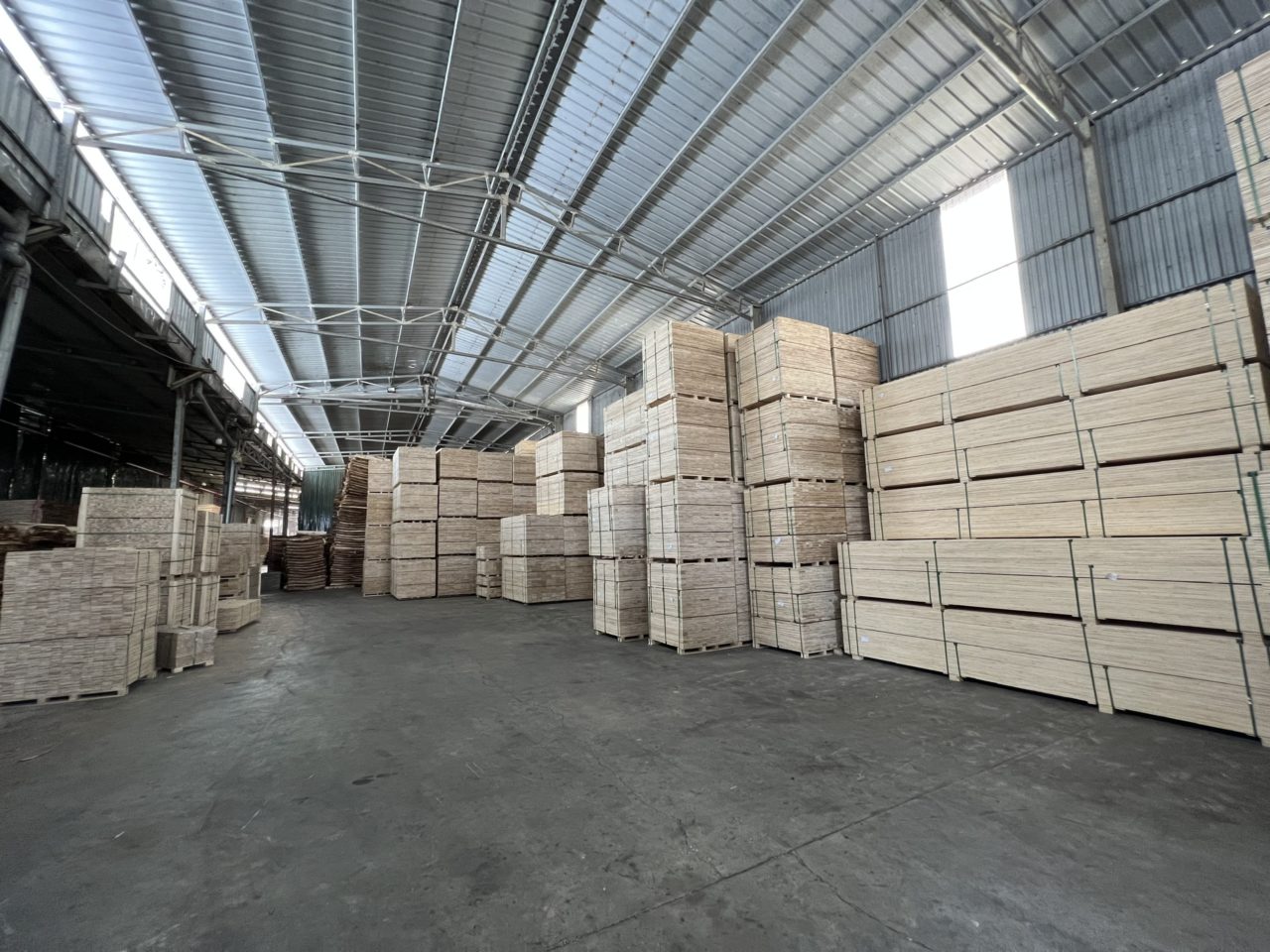
The market demand and supply chain challenges in the plywood industry can be influenced by various factors, including economic conditions, global supply and demand dynamics, raw material availability, transportation issues, and evolving consumer preferences. Here are some insights into market demand and supply chain challenges within the plywood industry:
Market Demand:
 Construction Sector: Plywood is an essential material in the construction industry for applications like flooring, roofing, walls, and concrete formwork. Demand for plywood is closely tied to the construction sector. A robust building and infrastructure market typically lead to increased demand for plywood.
Construction Sector: Plywood is an essential material in the construction industry for applications like flooring, roofing, walls, and concrete formwork. Demand for plywood is closely tied to the construction sector. A robust building and infrastructure market typically lead to increased demand for plywood.- Furniture and Interior Design: Plywood is widely used in furniture manufacturing due to its versatility and cost-effectiveness. Interior designers and architects often prefer plywood for its aesthetic appeal and flexibility in design.
- Global Economic Conditions: Economic growth and stability influence the demand for plywood. Growth in developing countries, urbanization, and infrastructure projects can significantly drive demand.
Supply Chain Challenges:
 Raw Material Availability: The plywood industry heavily relies on timber and logging. Challenges in sustainable logging practices, forest management, or natural disasters affecting forests can impact the availability of raw materials.
Raw Material Availability: The plywood industry heavily relies on timber and logging. Challenges in sustainable logging practices, forest management, or natural disasters affecting forests can impact the availability of raw materials.- Transportation and Shipping Issues: Disruptions in transportation networks, such as port closures, freight delays, or shortages of shipping containers, can hinder the timely delivery of plywood to markets, affecting supply chains.
 Price Fluctuations: Volatility in raw material prices or currency exchange rates can affect production costs and pricing, impacting both supply and demand.
Price Fluctuations: Volatility in raw material prices or currency exchange rates can affect production costs and pricing, impacting both supply and demand.- Regulatory Changes: Environmental regulations, sustainability standards, and trade policies related to timber sourcing and manufacturing processes can impact the supply chain by influencing how plywood is produced and traded.
- Competition and Technological Advancements: Innovation in alternative materials and manufacturing techniques could affect the plywood market. Competition from substitute materials might impact demand, challenging the traditional supply chain.
COVID-19 Impact:
The plywood industry, like many others, faced challenges during the COVID-19 pandemic. Supply chain disruptions, reduced labor availability, and fluctuating demand due to lockdowns and economic uncertainties impacted the industry.
The interplay between market demand and supply chain challenges in the plywood industry is dynamic and influenced by various internal and external factors. Industry players need to adapt by focusing on sustainable practices, investing in efficient supply chain management, and innovating to address these challenges.






